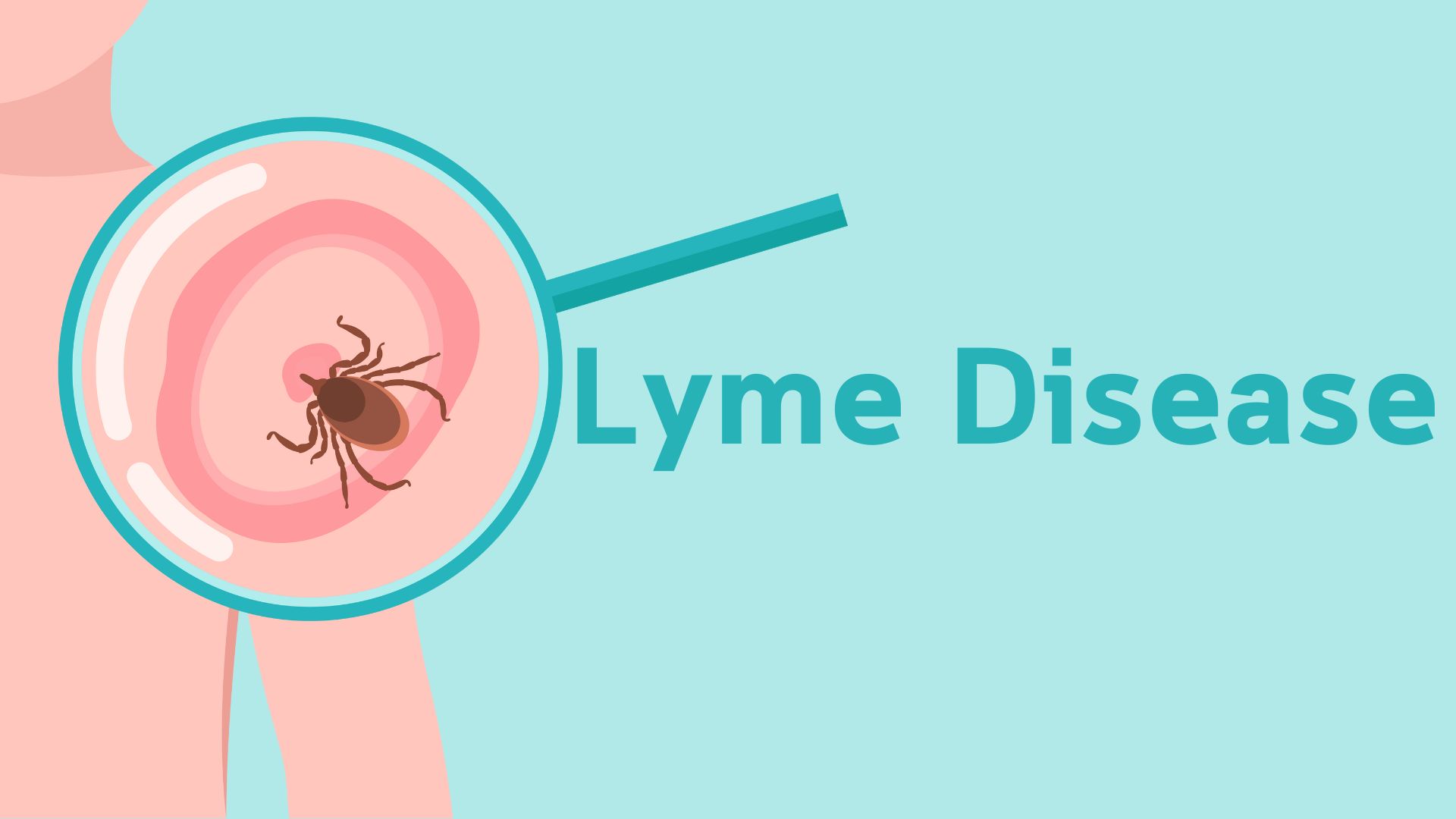According to the Johns Hopkins web site, Lyme Disease is a worldwide health epidemic, and a growing problem in regions such as Canada, Europe, and Asia. It is spreading to ever more locations in the US and is hyper-endemic in the northeast and mid-Atlantic, upper Great Lakes region, and west coast.
Lyme disease was first discovered in the United States in Lyme, Connecticut, in the mid-1970s and is now the most common US vector-borne disease. The cumulative number of Americans struggling with chronic symptoms relating to Lyme disease is estimated to be in the millions. The number of Americans diagnosed and treated for Lyme disease in the US exceeds 476,000 per year.
Lyme disease is primarily transmitted by the bite of an infected black-legged tick, otherwise known as a deer tick. The infective agent of Lyme disease, the spirochete bacteria, Borrelia burgdorferi, is a parasite of animals and requires animal reservoirs, such as mice, to survive. It is completely dependent on the host to survive. Ticks transmit Borrelia burgdorferi between animals including mice, small rodents, birds, some reptiles, pets, and people. There are many genotypes of Borrelia burgdorferi associated with different degrees of virulence.
Black-legged ticks can also transmit other infectious agents such as Anaplasma, Babesia, and Powassan virus. In addition, there are other species of borrelia that cause Lyme-like illnesses including Borrelia mayonii, and the relapsing fever like organism, Borrelia miyamotoi. Other tick-borne illnesses include Ehrlichiosis, Rocky Mountain Spotted Fever (& other Rickettsias), and Southern Tick-Associated Rash Illness (STARI). Another condition is alpha-gal meat allergy that occurs in some individuals after being bitten by a lone-star tick.
Symptoms vary depending on the stage of illness. In early Lyme disease, patients can present with a rash and/or flu-like symptoms. In later stages symptoms can manifest in multiple body systems, including musculoskeletal, heart, brain, and nervous system.
Lyme disease can affect anyone. People who spend time outdoors, especially in grassy, shrubby, and wooded environments, are at increased risk of exposure particularly in regions where ticks are prevalent and during times of year when ticks are most active.
Infection is most common among children aged 5-15 years and adults aged 40-65 years. Boys aged 5-10 are at the greatest risk.
Some tick-borne conditions can be serious or life-threatening and may warrant immediate medical attention. If Lyme carditis, Lyme meningitis, Powassan virus, Rocky Mountain spotted fever, Ehrlichiosis, or alpha-gal allergy are suspected, please seek immediate medical attention.
It is important to know how to reduce your risk by taking preventative steps to protect you and your loved ones.
- The deer ticks that transmit Lyme disease are very small (the size of a pinhead) and difficult to see. It is important that you educate yourself with the following pro-active preventative measures to minimize your Lyme disease risk.
- When outside wear protective clothing treated with tick pesticides such as permethrin and treat your skin with a tick repellent such as deet. Use this EPA tool to help find the repellent that is right for you.
- Enjoy the outdoors more safely by staying on marked trails and out of tall grass and leaf litter.
- Perform daily tick checks especially after coming in from the out of doors and showering.
- Remove ticks once found immediately by grasping the tick’s mouthparts against the skin, using pointed tweezers and pulling them straight off the skin without twisting. Pull by the head, the part closest to the body, not the belly. Wash the bite site with soap and water and apply rubbing alcohol or antiseptic.
- Put clothes in dryer on high heat for 15 minutes after being outside
- If rash appears, take a photo, write down the date, and track your symptoms. Call or visit your doctor immediately.
You can’t get sick from a tick that is crawling on you but has not yet attached. Ticks must bite you to spread their germs. It the tick is attached it will be hard to pull off. Removing ticks as soon as possible reduces the risk of infection. If you or a loved one is bitten, remove the tick promptly.
DO NOT apply substances such as petroleum jelly, nail polish, or a lighted match to the tick while it is attached. They may agitate the tick and force more infected fluid into the skin.
Once you have removed the tick, wash the wound site and your hands with soap and water, and apply rubbing alcohol or antiseptic to the site.
If you have found a tick on you, it’s a sign there may be others. Do a careful tick check of yourself and family. Blood tests do not accurately diagnose Lyme disease in the first few weeks of infection, so being vigilant about looking for symptoms is a more reliable way to identify an early case of Lyme disease.
Observe the bite site over the next two weeks for any signs of an expanding red rash or flu-like symptoms. Refer to the MD Lyme Disease Poster.
Consult with your PCP about potentially sending your tick to a lab such as TickCheck or TickEncounter to be tested for pathogens.

